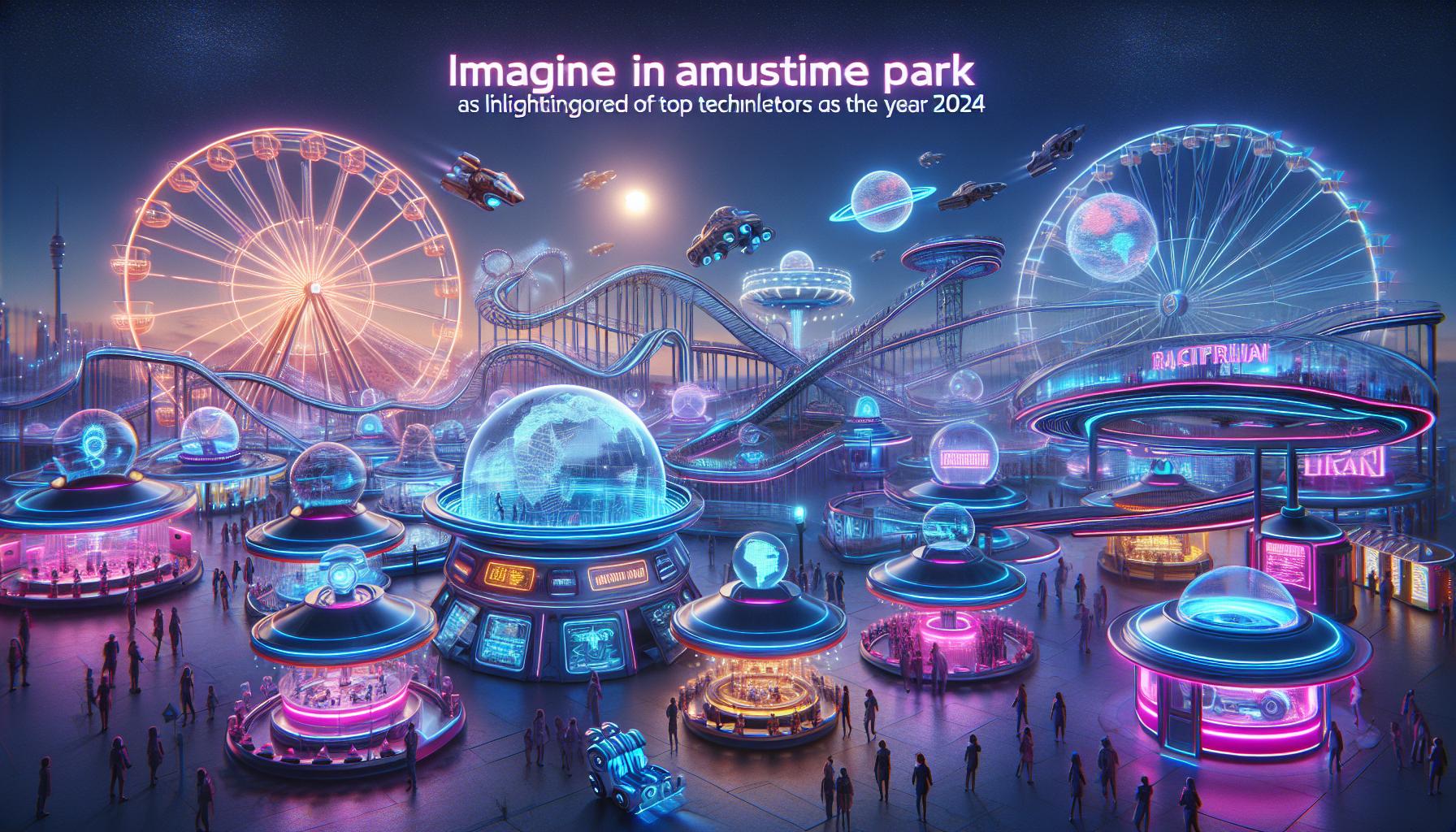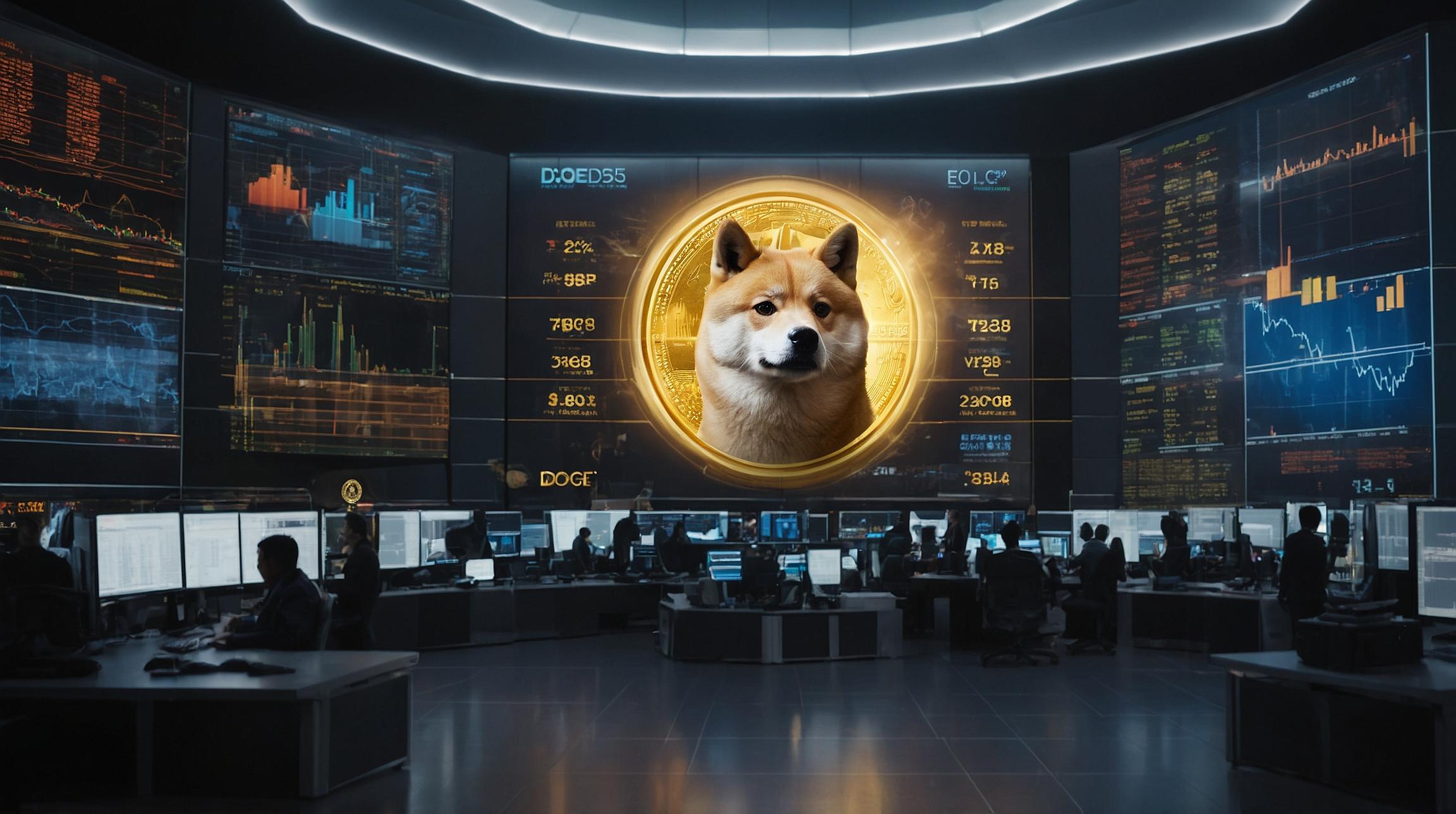Technology Trends in the Attractions Industry: An Overview
Advances in technology continue to shape the attractions industry, with cutting-edge innovations being utilized in theme parks, museums, and other location-based entertainment experiences. In 2024, some of the biggest technology trends to keep an eye on include holograms, robots, artificial intelligence (AI), immersive tools, and interactive experiences. These trends build upon previous years’ developments and are expected to revolutionize the industry.
Immersive Experiences Take Center Stage
Technologies such as AI, augmented reality (AR), virtual reality (VR), holograms, LED screens, audio-visual effects, and projections are being employed to create immersive experiences like never before. This trend is evident in attractions such as Mission Ferrari at Ferrari World Abu Dhabi, which boasts a 5D multimedia experience enhanced by cutting-edge technology and AV elements. Likewise, SeaWorld Abu Dhabi showcases immersive technologies in its One Epic Ocean show, which takes guests on a journey through the ocean’s depths using cutting-edge technology, including the world’s largest cylindrical 360-degree LED screen. Other examples include the Hypersphere 360 at Seaworld Abu Dhabi, the state-of-the-art Sphere venue, and various immersive exhibitions and gaming experiences around the world.
Holograms Bring Pop Icons to Life
Holograms have gained significant attention in recent years, especially with iconic pop stars like ABBA and Elvis making a comeback through cutting-edge technology. ABBA Voyage, for instance, uses holographic avatars created through motion capture technology, enabling the Swedish pop group to perform onstage as digital beings. This innovative production has been hugely successful, leaving a lasting impact on the entertainment industry and contributing millions to the economy. Following in ABBA’s footsteps, Elvis is set to return as a hologram in the immersive concert experience called Elvis Evolution. This AI-powered show will debut in London and travel to other major cities, delighting fans and showcasing the potential of holographic technology.
Robots Enchant Visitors in Various Ways
Robots have been making their mark in the attractions industry, serving as greeters, artists, entertainers, and even food servers. Disney, in particular, has been at the forefront of this technology trend, introducing various robotic characters and exploring their creative potential. For instance, Disneyland’s Star Wars: Galaxy’s Edge features “droids in training” that can learn to imitate artistic motion and entertain guests. Additionally, the company has plans to take robots to the skies with “hybrid air and water power” and is testing free-roaming robots like Baby Groot in Disney California Adventure. Other attractions and venues worldwide have also embraced the use of robots to enhance visitor experiences.
Gamification Adds an Interactive Layer
Gamification, or the integration of game elements into attractions, continues to be a prominent technology trend in the industry. Super Nintendo World at Universal Studios stands out as an innovator in this space, offering visitors gamified experiences through wearable wristbands and a dedicated app. By physically interacting with the theme park’s environment, guests can collect coins and engage with the land’s interactive elements, bringing the gaming world to life. This seamless integration of gameplay and physical experiences is just one example of how gamification is enhancing attractions.
Tech for Good: Transforming Lives and Inspiring Change
Tech for good refers to the use of technology to improve lives and communities. In the attractions industry, this trend is evident in initiatives that focus on social and environmental causes. For example, VR experiences have been employed to raise awareness about the endangered mountain gorillas of Rwanda, allowing visitors to understand the importance of conservation efforts. Similarly, interactive exhibitions and holographic displays are being used to educate visitors about endangered species and inspire positive changes. The adoption of tech for good in the attractions industry is expected to continue in the coming years, emphasizing the industry’s commitment to making a difference.
Esports: Forming Connections Through Competitive Gaming
Esports, a form of competitive gaming, has gained significant popularity in recent years. With a global audience of over 530 million people, the potential for esports in the attractions industry is vast. Both Cedar Fair and Six Flags have introduced esports facilities in their parks, catering to the growing demand for competitive gaming experiences. Notably, Saudi Arabia’s Qiddiya giga-project features an esports arena designed to create an immersive and futuristic gaming environment. As the esports industry continues to expand, attractions are exploring ways to integrate competitive gaming into their offerings.
As technology continues to advance at an exponential rate, the attractions industry will undoubtedly leverage new innovations to deliver more immersive, interactive, and engaging experiences to visitors. With holograms, robots, AI, gamification, and tech for good leading the way, the future of attractions looks promising indeed.
Analyst comment
Positive news: Technology trends in the attractions industry, such as immersive experiences, holograms, robots, gamification, and tech for good, are expected to revolutionize the industry. As technology continues to advance, attractions will provide more immersive and engaging experiences to visitors, leading to a promising future for the market.













